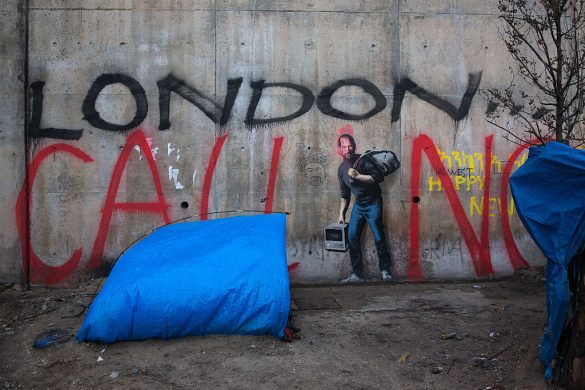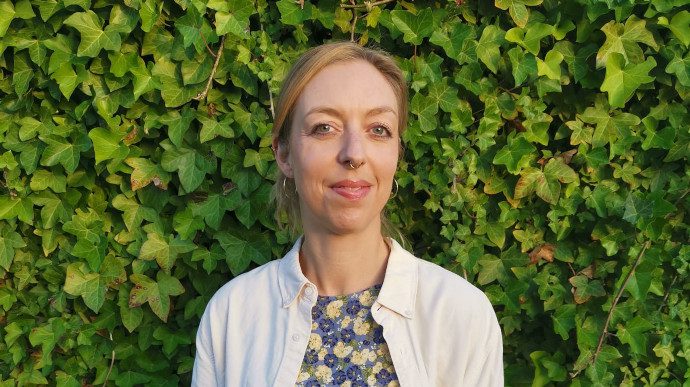NEW YORK, 30 July 2015 (UN News Service): Recognizing that wild animals and plants are an “irreplaceable (uerstattelig) part of the natural systems of the Earth,” the United Nations General Assembly Thursday urged its Member States to take decisive steps to prevent, combat and eradicate the illegal trade in wildlife, “on both the supply and demand sides.”
Through the new resolution, the Assembly expressed serious concern over the steady rise in the level of rhino poaching and the alarmingly high levels of killings of elephants in Africa, which threaten those species with local extinction and, in some cases, with global extinction.
Resolutionen var fremlagt af 58 lande, bl.a. de fem nordiske – se den på
http://daccess-dds-ny.un.org/doc/UNDOC/GEN/N15/221/20/PDF/N1522120.pdf?OpenElement
“Klart signal til de kriminelle”
“In calling for wildlife crime to be treated as a serious crime, both nationally and across borders, the resolution sends a clear signal to organized criminal networks involved in this illicit trafficking that their time will soon be up”, stated the UN Environment programme (UNEP).
UNEP Executive Director Achim Steiner said, that “this General Assembly resolution is an historic step forward, and one I believe will spark the firm and concerted international action needed to combat poaching and those who profit from it”.
“In particular, I hope this resolution will help curb the rampant poaching of elephants and rhinos, whose slaughter threatens not only the health of the species, but also local ecosystems, communities and livelihoods.”
Også WWF Verdensnaturfonden er begejstret for FNs skridt – mere på
http://www.wwf.dk/?13620/FN-vedtager-historisk-resolution-imod-wildlife-kriminalitet
Nedslagtning af de store tykhuder
The number of elephants killed in Africa annually is in the range of 20,000 to 25,000 per year, out of a population of 420,000 to 650,000.
According to data from the Proceedings of the National Academy of Sciences, as many as 100,000 elephants were killed between 2010 and 2012.
For forest elephants, the population declined by an estimated 62 per cent between 2002 and 2011.
Poached African ivory may represent an end-user street value in Asia of 165 to 188 million US dollar (mellem en milliard og 1,2 milliarder DKR) of raw ivory, in addition to ivory from Asian sources.
Hver ottende time dræbes et næsehorn
The Convention on International Trade in Endangered Species of Wild Fauna and Flora (CITES) reports that 1,215 rhinos were poached in South Africa alone in 2014 – this translates to one rhino killed every eight hours.
The involvement of organized syndicates has seen poaching rise from less than 20 in 2007 to over 1,000 in South Africa in 2013, and rhino horn poached in 2014 is valued at an estimated 63 to 192 million dollar.
“Dette truer os alle”
The President if the 69th session of the UN General Assembly said:
“Illegal wildlife trafficking not only threatens species and ecosystems; it affects the livelihoods of local communities and diminishes touristic attractions. It compromises efforts towards poverty eradication and the achievement of sustainable development.”
Adopting a consensus text resolution, the 193-Member body encouraged Governments to adopt effective measures to prevent and counter the serious problem of crimes such as illicit trafficking in wildlife and wildlife products, including flora and fauna and poaching.
The resolution suggests “strengthening the legislation necessary for the prevention, investigation and prosecution of such illegal trade, as well as strengthening enforcement and criminal justice responses, acknowledging that the International Consortium on Combating Wildlife Crime can provide valuable technical assistance in this regard.”
The General Assembly also calls upon Member States to make illicit trafficking in protected species of wild fauna and flora involving organized criminal groups a “serious crime.”
Member States are equally encouraged to harmonize their judicial, legal and administrative regulations to support the exchange of evidence, as well as to establish “national-level inter-agency wildlife crime task forces.”
Bygger på udtalelse fra international miljøforsamling
The UN General Assembly resolution builds on a resolution passed at the first-ever United Nations Environment Assembly (UNEA) in June 2014, which strongly encouraged governments to commit to targeted actions to eradicate supply, transit and demand for illegal wildlife products – a key concern of UNEP’s work with member states .
The UNEA resolution promotes zero-tolerance policies and the development of sustainable and alternative livelihoods for communities adversely affected by the illegal trade.
Se også
http://www.unep.org/newscentre/Default.aspx?DocumentID=26830&ArticleID=35312&l=en#sthash.btPAGclq.dpuf














